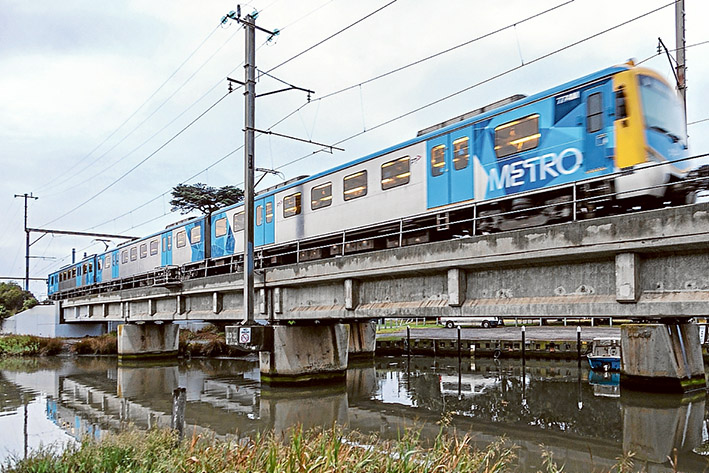A COMPREHENSIVE environmental study will be carried out to investigate whether rail under road can be built along the Frankston line at Bonbeach and Edithvale as part of the state government’s level crossings removal project.
The Level Crossing Removal Authority confirmed this month that state Labor Planning Minister Richard Wynne decided an Environmental Effects Statement (EES) is needed to determine whether the neighbouring Edithvale-Seaford Wetlands will suffer if rail trenches are dug to remove level crossings at Bonbeach and Edithvale.
The state government initially announced in February that elevated rail, dubbed sky rail by opponents of raised rail, would not be built along stretches of the Frankston line.
Rail under road, subject to the possible need for an EES, was the preferred engineering option to separate road from rail at Bonbeach and Edithvale.
The LXRA referred a report by consultants GHD and Aecom to the state Planning Minister in March that warned possible “long-term and irreversible” impacts on the environmentally-sensitive Ramsar-listed wetlands if rail goes under road at Bonbeach and Edithvale.
Sharp-tailed Sandpipers, Australian Bittern, Curlew Sandpiper, Southern Brown Bandicoot and Growling Grass frog were some of the wildlife species that could be threatened by a potential rise of 0.1 metres in groundwater “mounding” at the Edithvale section of the wetlands if rail trenches are dug.
Vulnerable flora such as River Swamp Wallaby Grass Amphibromus fluitans and Swamp Everlasting Xerochrysum palustre could also be impacted by groundwater not flowing readily from the wetlands due to rail trenches.
“Rail under road has been identified as the preferred option at both Edithvale and Bonbeach,” the LXRA has said.
“Two trenches, approximately eight metres deep, 12 metres wide and 1000 metres and 1100 metres long for Edithvale and Bonbeach, respectively, will be constructed within the existing rail corridor.”
The Planning Minister will release “scoping requirements” for the EES as part of the next stage of the study.


